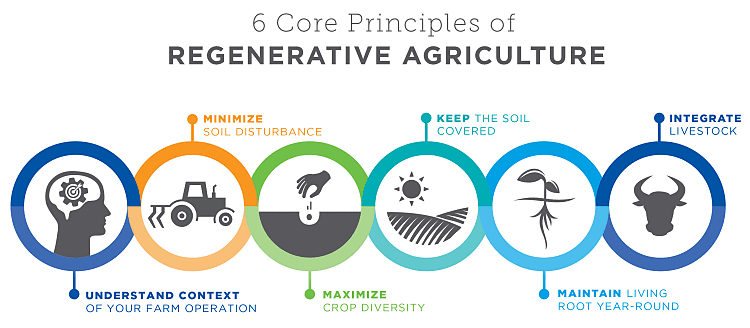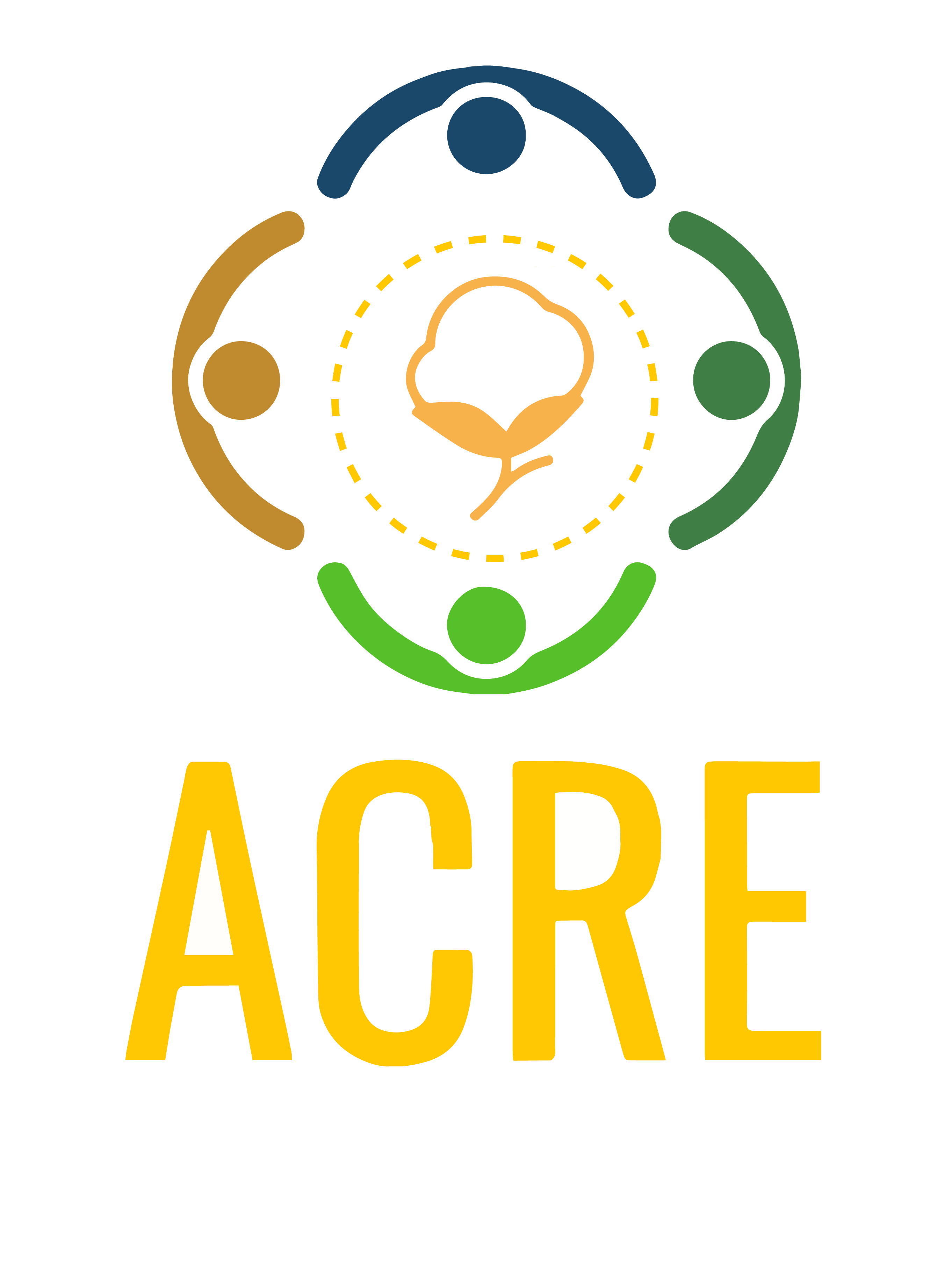In the Spotlight

Overview
Agriculture is one of the few unique sectors which are dependent as well as which impact biodiversity. Land use change associated with agriculture and forestry together contributes more than 18 % of global GHG emissions.
Unsustainable practices in agriculture are facing criticism both at national and international forums:
- Excessive groundwater extraction for inefficient irrigation is a major concern.
- Unscientific application of synthetic fertilizers and pesticides is problematic.
- Agriculture is shifting from being a carbon sink to a carbon source.
Why Regenerative Agriculture?
Globally, over 150 businesses, NGOs and academics have supported this definition of regenerative agriculture proposed by ‘The Carbon Underground’ as “farming and grazing practices that, among other benefits, reverse climate change by rebuilding soil organic matter and restoring degraded soil biodiversity – resulting in both carbon drawdown and improving the water cycle.”
In simple terms, it is reversing the direction of global agriculture from degenerative to regenerative, creating a system that
- generates agricultural products,
- sequesters carbon, and
- enhances biodiversity at the farm scale.


Key Practices are:
- minimising or avoiding tillage,
- eliminating bare soil,
- encouraging plant diversity and
- water percolation, and
- integrating on-farm livestock and cropping operations.
- Some systems also prioritise the minimisation of pesticides and synthetic fertilizers
Centre for Responsible Business, and Solidaridad Network for Asia are committed to bring to ground impactful and inclusive programs and are coming together to take forward regenerative agriculture strategy in larger landscapes and in multiple crops, starting with the Cotton sector.
Significance of Regenerative Cotton
“India is one of the largest exporters of cotton yarn and this industry works around 16% of industrial capital while 20% of industrial labor. However, all this production and business is many times linked with multiple reasons for farmer distress, ecological risk, and social and environmental injustice. For instance, Cotton monoculture in Maharashtra and Gujarat face increasing risk of rainfall variability. The production of this major crop involves the use of huge inorganic pesticides and fertilisers which impacts the quality of water as well as the health of the biodiversity in and around. It is therefore that many brands are now interested in promoting responsible agriculture practices packaged under different programs. CRB, Solidaridad and partners aim to promote and popularize regenerative agriculture to simultaneously promote livelihoods along with ecological sustainability.


Alliance of Cotton & Textile Stakeholders on Regenerative Agriculture (ACRE)
CRB, Solidaridad Asia, and regenagri have launched the ‘Alliance of Cotton & Textile Stakeholders on Regenerative Agriculture (ACRE)’ to promote regenerative cotton farming practices in India. The Alliance aims to bring a shift in agricultural practices through a new, more systemic form of collaboration between stakeholders across the value chain, which includes farmer groups, ginners, traders, buyers, brands, as well as agricultural and textile authorities.
The Alliance (ACRE) estimates the adoption of such a practice will help fix at least 1 million tonnes of greenhouse gas emissions (GHG) by 2030 while improving the livelihood of more than 500,000 smallholder cotton farmers and their communities through various partnerships in India.
Objectives
- Support scaling-up regenerative agriculture in cotton with the vision of making India the world’s biggest producer of certified regenerative cotton
- Enable collaboration among cotton and textile value chain actors on regenerative agriculture across various cotton landscapes in India
- Advance tools/mechanism(s) that balance smallholder benefits with conservation of nature and augment soil heath in different agro-climatic regions and landscapes growing cotton in India
- Create awareness amongst national and international consumers/users to demand regenerative cotton
- Document and communicate success stories on regenerative agriculture in cotton
- Engage on policy issues related to regenerative agriculture and natural farming at State and National level
- Build capacity and expertise among cotton and textile sector buyers and brands for wider adoption of regenerative practices in cotton and textile industries
- Link cotton farmers practising regenerative agriculture practices to initiatives focused on carbon/climate finance/ biodiversity finance


Outcomes
- Support is garnered for regenerative agriculture practices from cotton and textile value chain actors
- Creation of enabling environment specifically through – policy measures, appropriate technology, frugal innovations and financial resources
- Benefits accrue to farmers practising regenerative agriculture
- Expertise and capacity built on regenerative agriculture practices
- Multi- stakeholder and multi-regional strategic partnerships get shaped up
Past Event
Reclaim to Regenerate: Towards Regenerative Cotton Sector in India” – November 29th, Le Meridien Hotel, Nagpur










